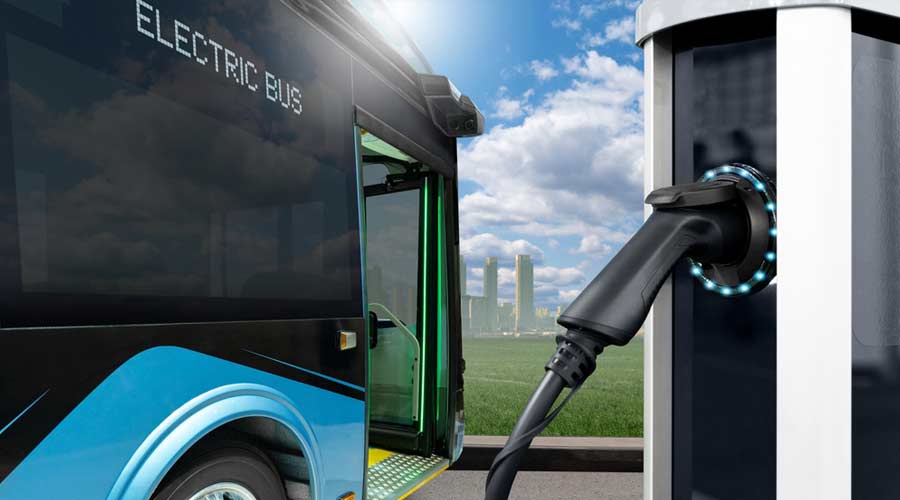Defining Environmental Product Declaration
What exactly is an environmental product declaration (EPD)?
The International EPD System describes EPD as a “verifiable document that reports environmental data of products based on life cycle assessment (LCA) and other relevant information and in accordance with the international standard ISO 14025 (Type III Environmental Declarations).” The standard establishes the objectives for the procedures in developing the Type III environmental programs and procedures. Essentially, it’s similar to a cereal box with a label of all of the ingredients. This type of transparency gives the consumer the information they need to decide if they want to purchase that product. The industry is moving in the direction of having manufactures declare what is in their product in regards to both sustainable and non-sustainable materials. To provide some context, the Environmental Product Declaration (EPD) reports the environmental impact of goods or services. These are based upon an established set of Product Category Rules (PCRs) and independently verified life cycle assessment data. To learn more about EPDs, Underwriter Laboratory's website has great information.
Answers provided by Elaine Aye, a principal with Green Building Services in Portland, Ore. Aye is a LEED Fellow.
Related Topics:














